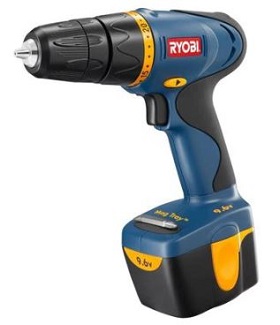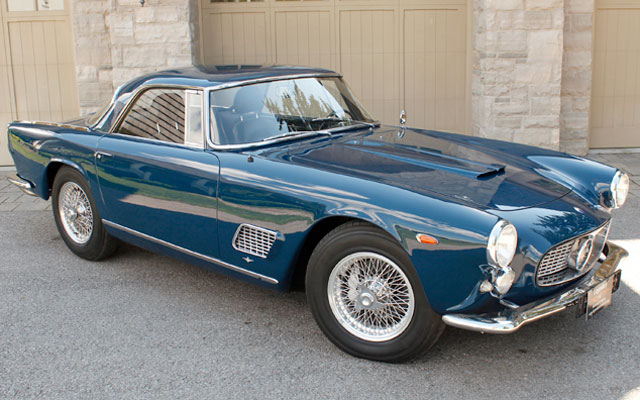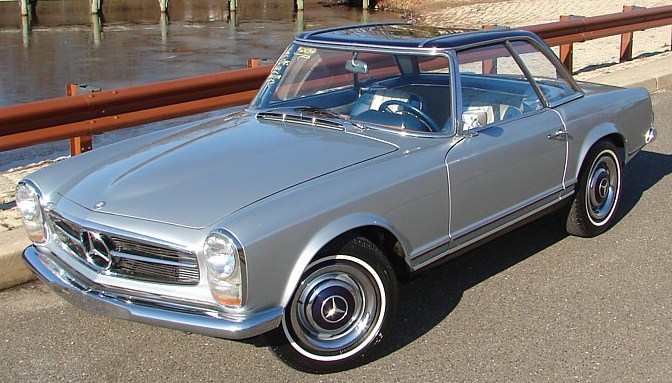This barely qualifies as news, I suppose:
The beginning of the end for the DVD player: John Lewis will no longer sell the gadgets as they are replaced by streaming services (joining VHS, cassette tapes and floppy disks in the dustbin of defunct technology)
As the owner of dozens of DVDs, I guess I’ll have to buy a backup (or two) DVD players for the inevitable time when you can’t find the blessed things anymore. As it happens, I have a multi-format Blu-Ray DVD player at the moment — multi-format because I have both PAL- and NTSC-format DVDs: a heritage of buying DVDs in Europe and Britishland during my various travels Over There. Of course, Philips no longer makes the model I own, so I’ll have to pay the “Sony premium” for my backup.
Gah.
Look, I understand the March Of Progress and all that, and I know that technology becomes outdated after a while. I just wish that the “while” would last a little longer.
And no, I’m not going to “stream” movies — at least, not the movies that I love and want to watch over and over again — because as any fule kno, what the “Cloud” giveth, the Cloud can take away (often without warning) and I refuse to be held hostage by the fucking movie studios (e.g. the horrible Disney Corporation, or Netflix). The ordinary movies (i.e. most of them) I can watch once and never watch again without regret; but the gems? oh no, I wantssss them all, my Precioussss, so that I can enjoy them anytime I want and not when Global Entertainment MegaCorp says I can (or can’t, a pox on them).
Ditto books, by the way. I’ve talked before about why I can’t use Kindle (see below* for the Cliff Notes version), so forget e-books of any kind whatsoever. And I have hundreds of audio CDs, ergo I have a couple of backup CD players for the time when the poxy recording industry [50,000-word rant deleted] decides that CD ownership is a Bad Thing.
Possession isn’t just 9/10 of the law when it comes to my viewing, listening and reading pleasure: it’s all of the law, and I intend to keep it that way.
*I’ve never bought into e-books. I tried a Kindle, but it might as well been kindling for all the appeal it has to me. Here’s the reason why: my eyesight is failing [Old Fart Problem #4], which means I have to increase the font size to see the words properly. Problem: I read at about 2,000 words per minute (always have), which means that I get a blister on my thumb from hitting the “Next Page” button on a Kindle, and anyone in the room with me will eventually complain about the noise of the constant rapid-fire clicking.
And that’s the other problem, right there: I love the feel of a book in my hands. I love the ability to flip backwards to re-read a passage that turned out to be important later on. I love the fact that once I own a book, it can’t be taken away from me electronically by some algorithm which decides that I’ve had the content “long enough” (as though there’s an expiration date on ownership).





